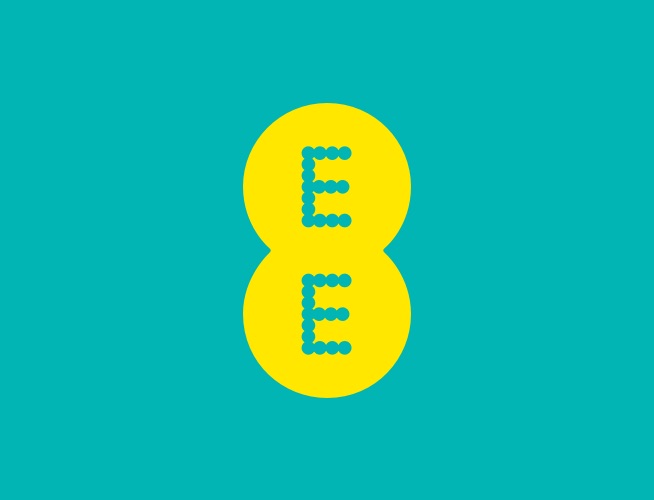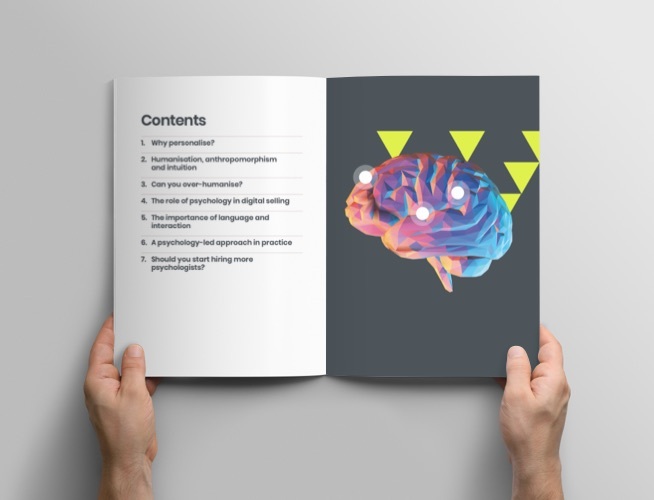Guided selling is a process, backed by data, psychology and customer insights, that supports potential buyers to choose a product or service that meets their needs. By doing this effectively, businesses can increase conversions, sales and order value – and equally importantly, deliver an excellent customer experience which positively impacts the brand and longer term retention.
Guided selling is used in two main areas:
E-commerce websites and online stores. A guided selling engine will ask the customer for information on their key needs, analyse these requirements against the available product set, and generate buying recommendations to make sure customers shoppers are presented with product options that most closely match their needs.
Kiosks, call centres, chat applications. Using a similar guided selling engine, customer and product information is used by a sales consultant to help a potential buyer through the product selection and purchasing process.
The 5 Steps
1. Getting to understand the customer
A good guided selling engine will know that no two customers are the same, and will adjust its interactions, according to their behaviour. It will ask a few questions to find out who they are, then tailor a journey to suit the individual customer. Asking the right questions is crucial in gathering meaningful information and – importantly – ensuring the customer feels listened to. An effective engine should create a naturally evolving conversation, and work to build the customer’s trust and confidence. In doing this, the engine is collecting rich profile data to fuel the recommendation algorithms.
2. Analysing customer’s needs
The guided selling engine can draw out a customer’s needs and buying desires, but can’t expect the customer to provide detailed technical information (for example, with a mobile phone they know they want a great camera, but not the exact resolution, video speed or processor details). The guided selling engine needs to speak in everyday language, and translate a customer’s needs and desires into technical product specifications.
3. Recommending the right products
The product specifications derived from a customer’s needs can then be matched against the range of available products or services. All relevant product attributes need to be evaluated and matched against what the customer has said to present the best possible match – or ideally a range of matches. Customers buy with greater confidence when they feel they’ve made an informed choice, and the best guided selling engines will give every customer this freedom by putting the final decision in their hands. Their ‘perfect match’ is framed with alternatives that the customer can compare against using personalised USPs and match scores.
4. Reassuring and convincing the customer
Communicating the ‘Why’ is crucial. The key to a confident decision is helping the customer understand why a product is right for them. A good engine should cut through generic descriptions, and provide compelling and personalised USPs that match each customer’s decision drivers. Ideally, because each recommendation is based on the behaviour of like-minded customers, the guided selling engine should be able to provide data-backed social proof – showing how similar customers purchased and provide relevancy match scores.
5. Continually learning and adapting
Just as an in-store assistant learns and improves over time, a guided selling engine needs to do exactly the same thing. The engine should be primed to learn from every interaction to recommend the products that have the highest conversion rate with like-minded customers. Because products and offers are changing constantly, the algorithms powering the engine need to adapt – keeping up with changing trends like product launches, special offers and pricing updates.
The effectiveness of guided selling
The use of a guided selling engine can deliver significant benefits in terms of improved customer experience, increased conversion rates, higher sales volumes and values, and customer retention. The substantial benefits from the deployment of guided selling engines are driving its rapid growth in adoption across an increasing range of sectors, and the technology underpinning it continues to evolve rapidly, with 15gifts being at the forefront of this development.



